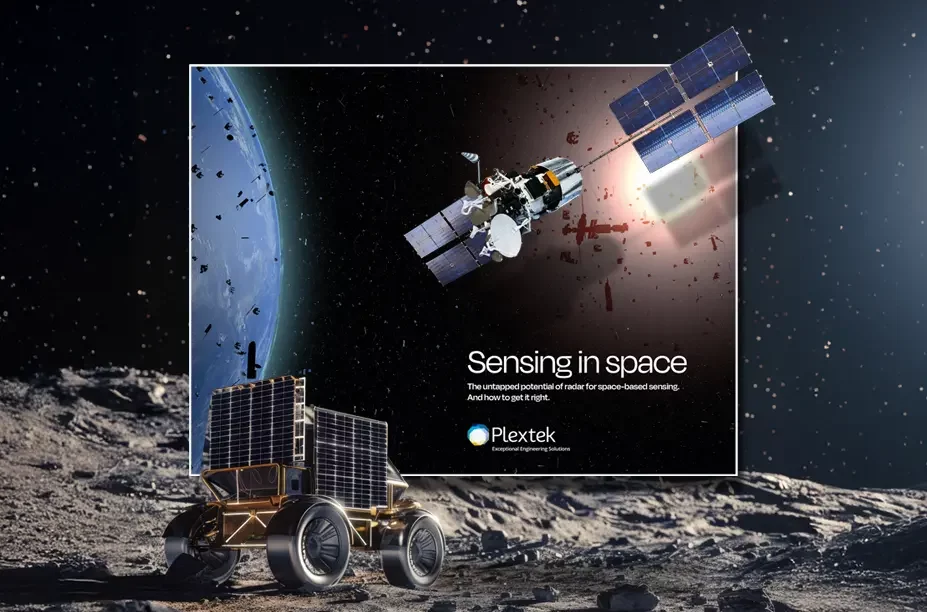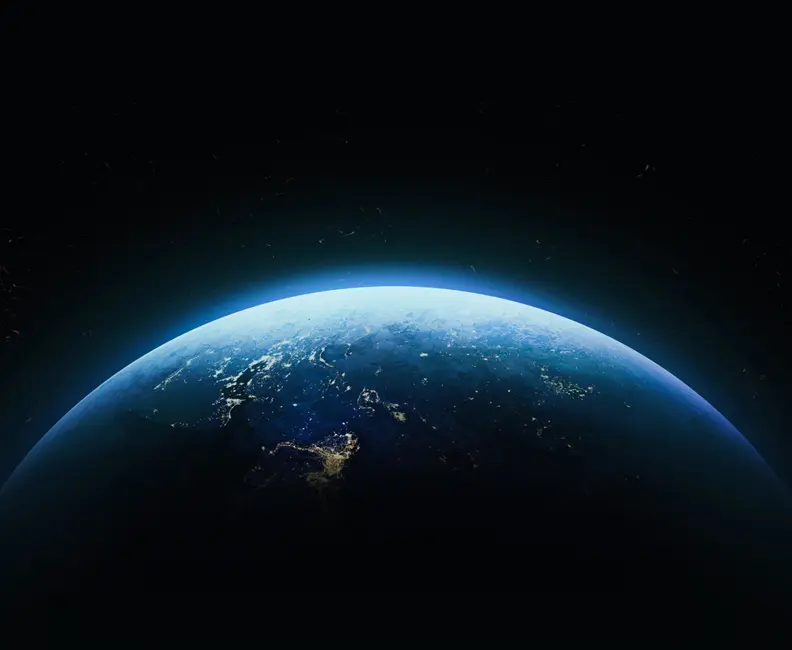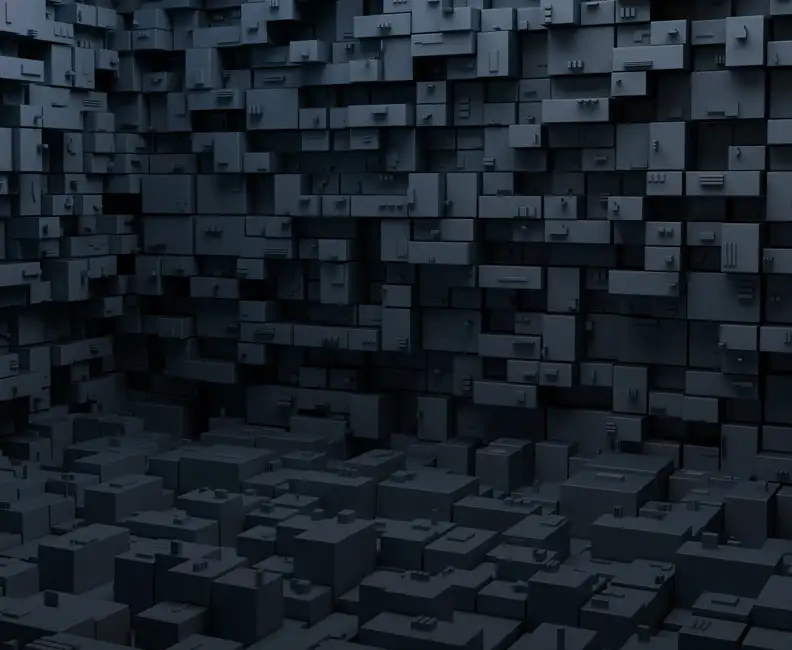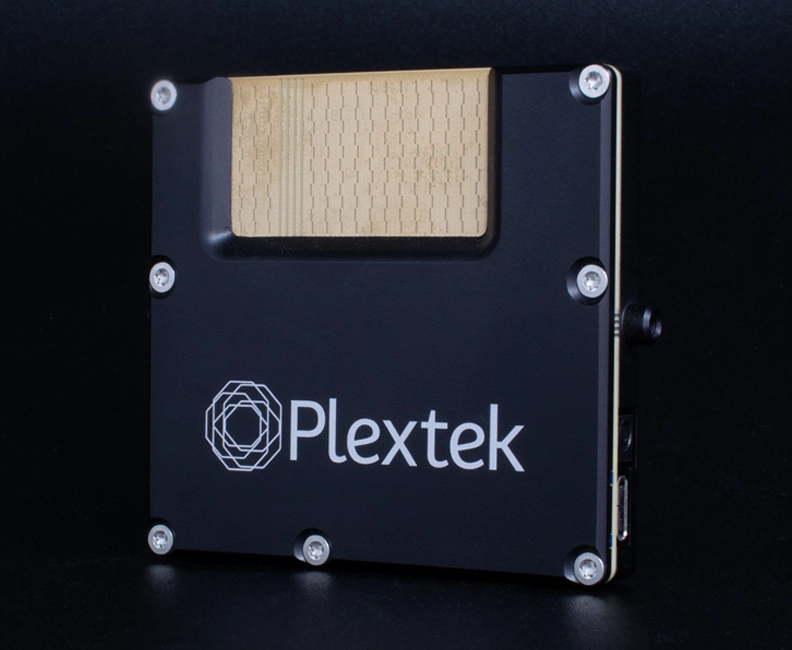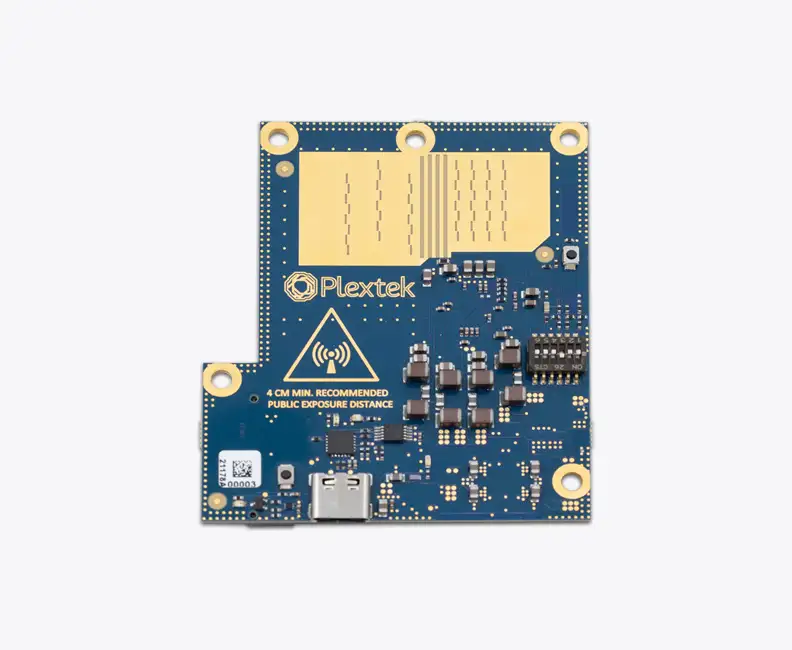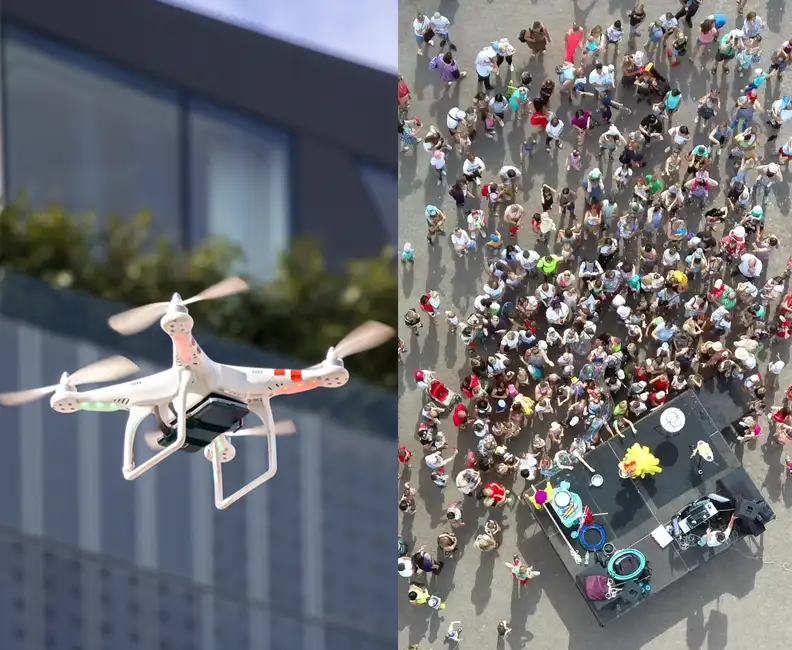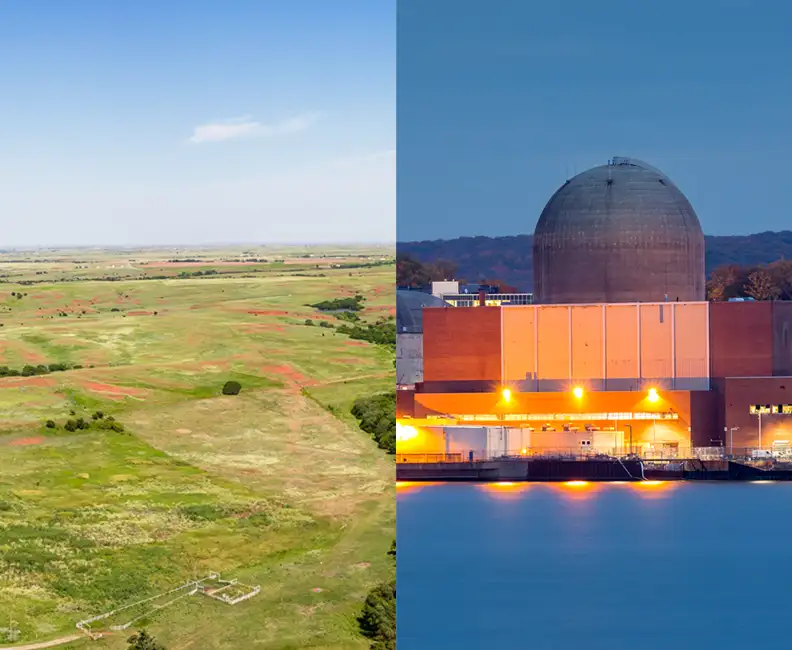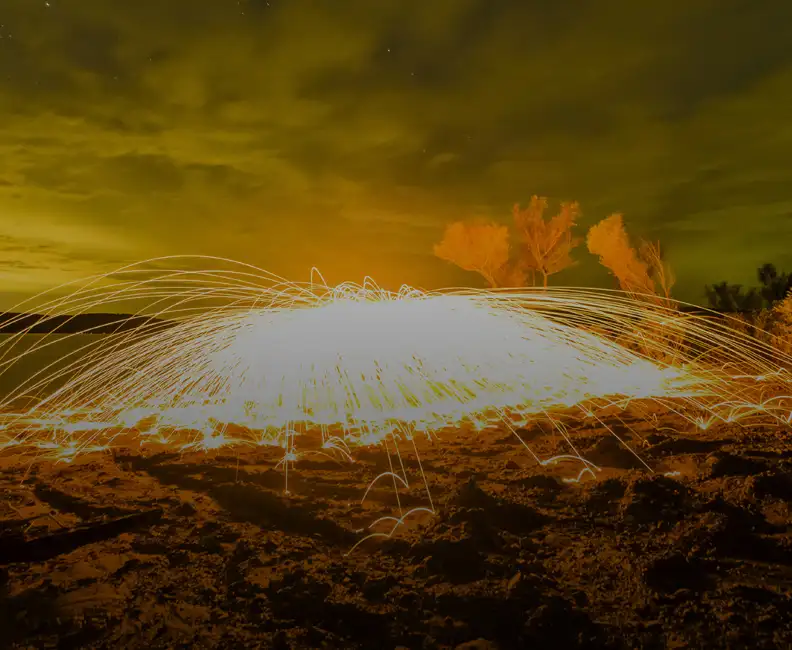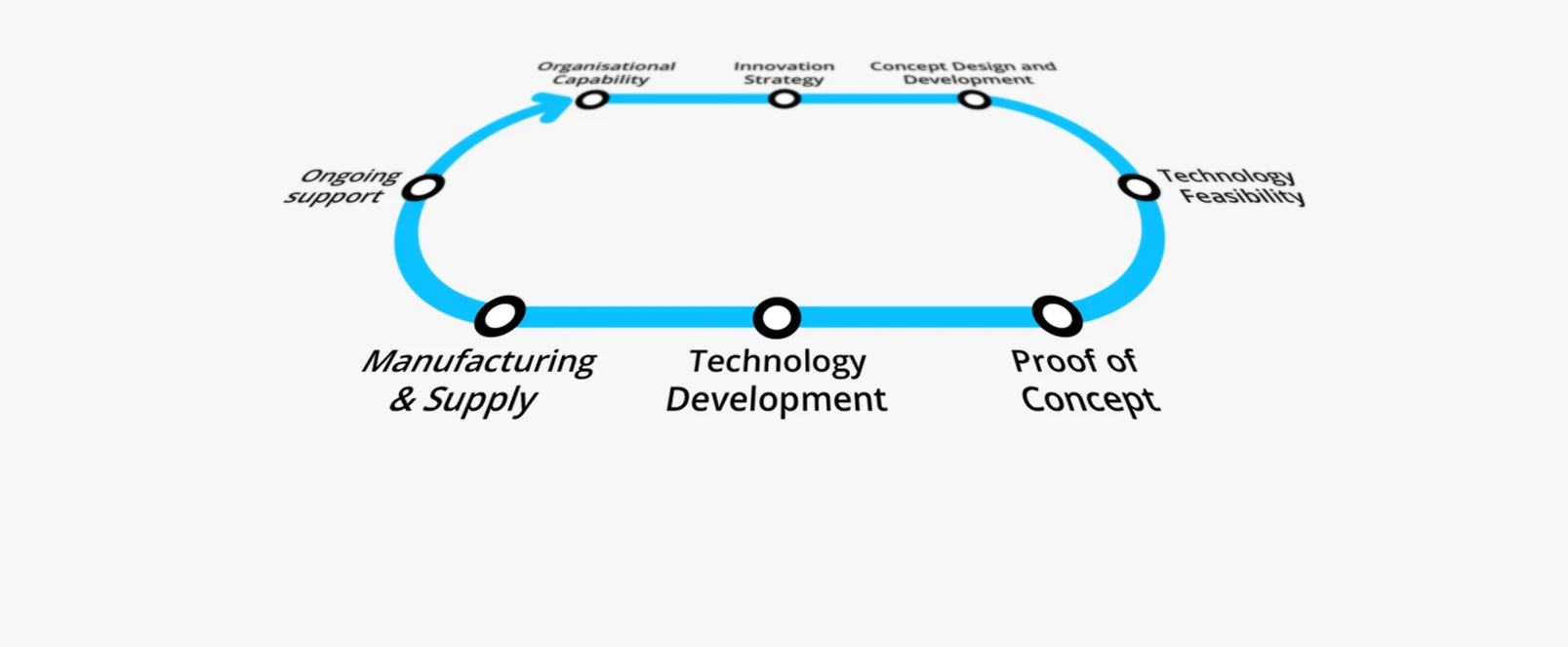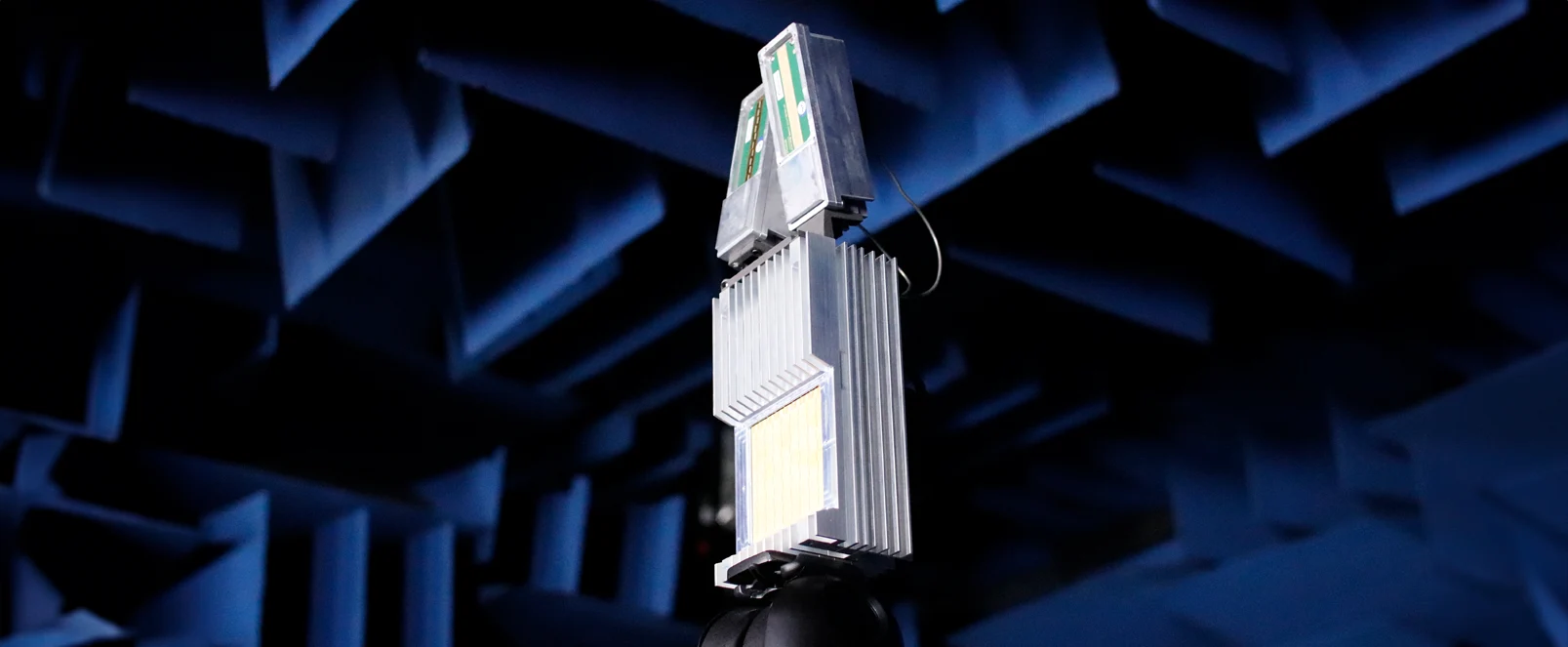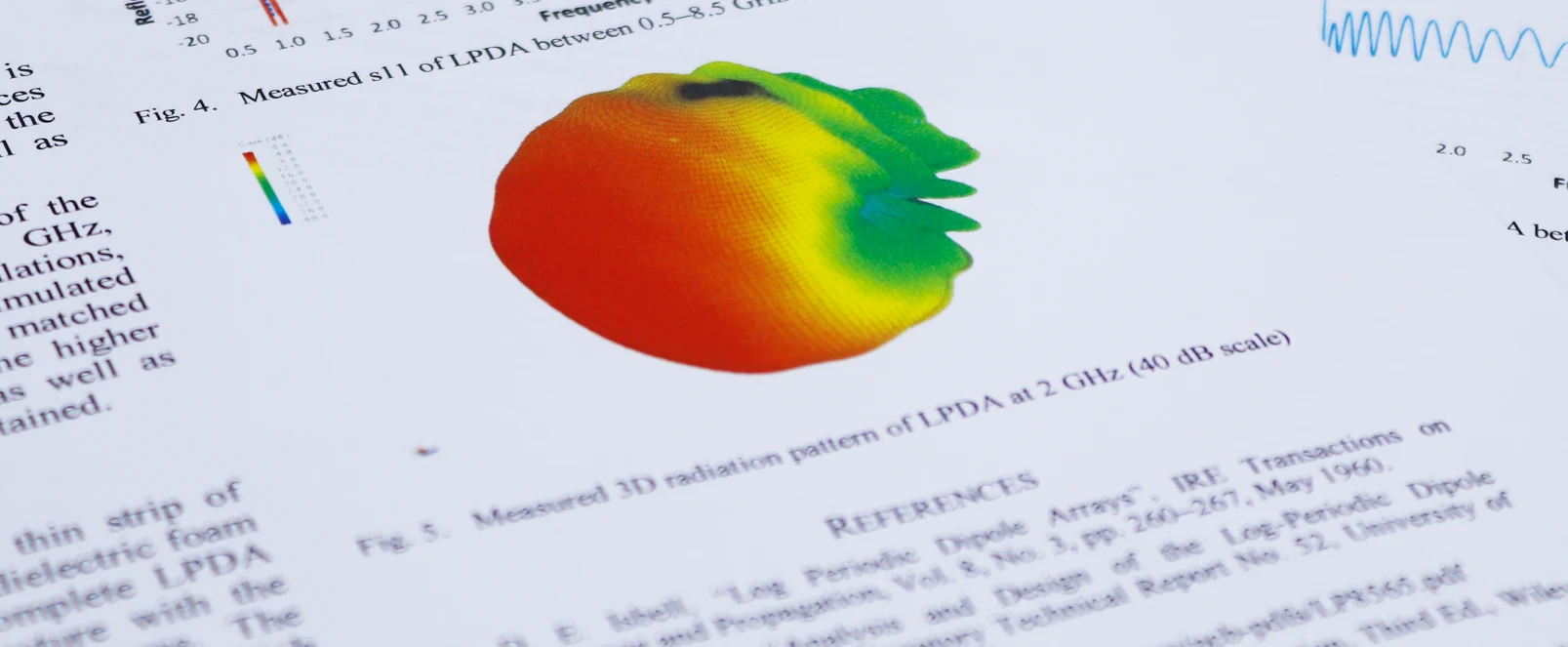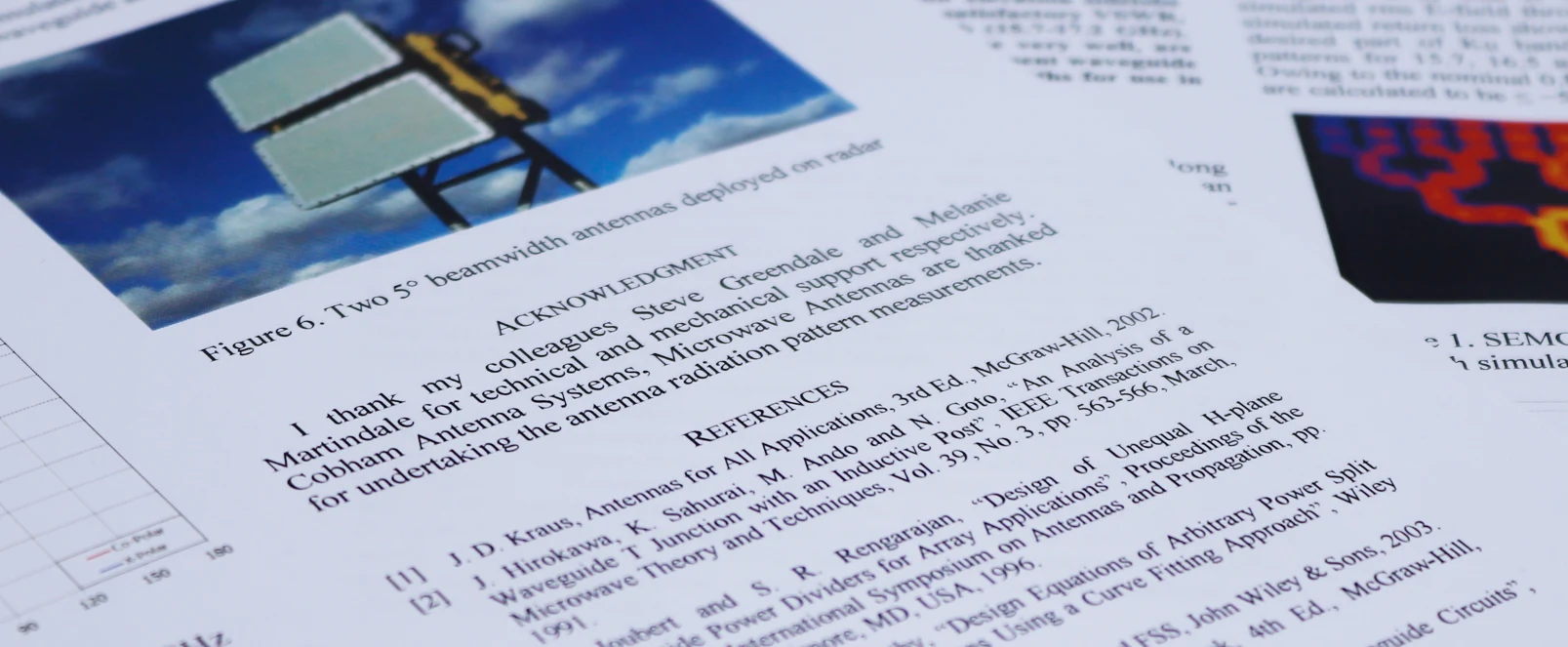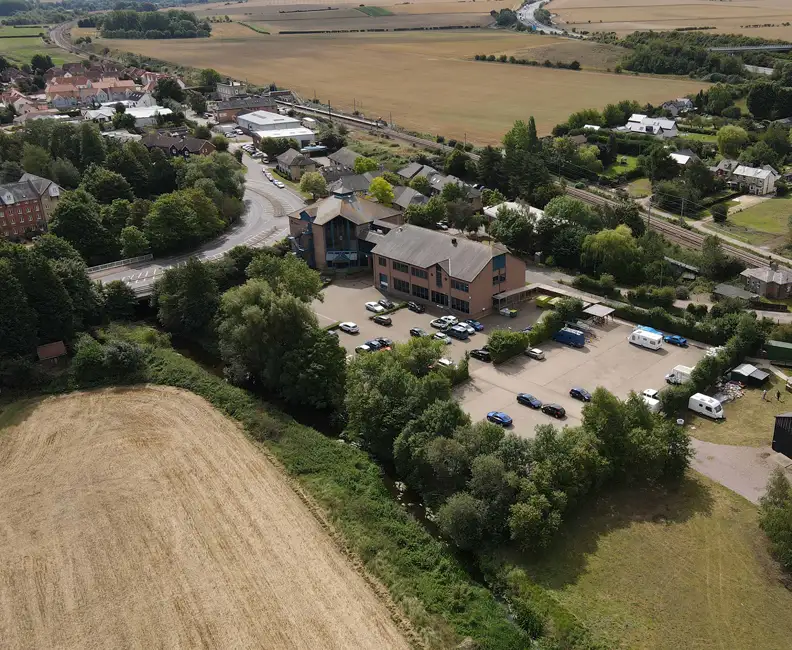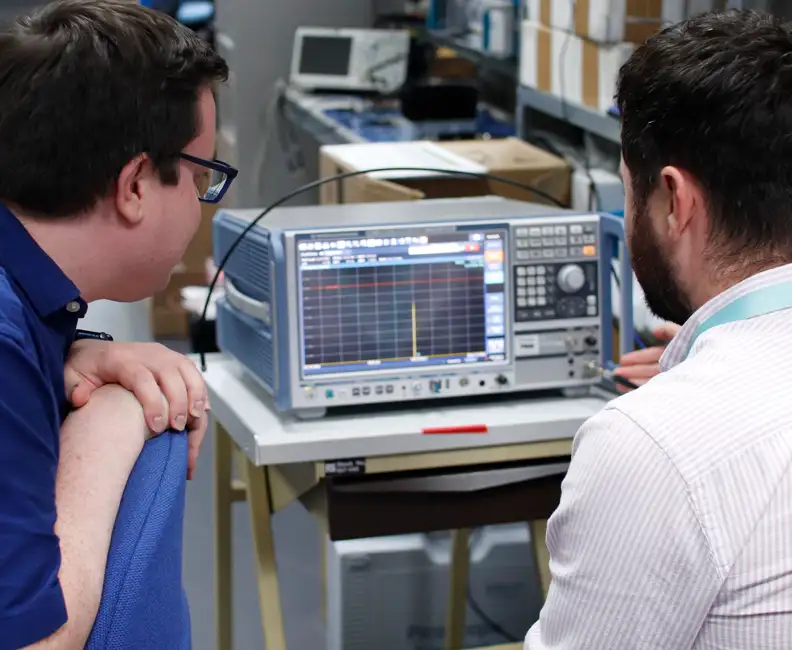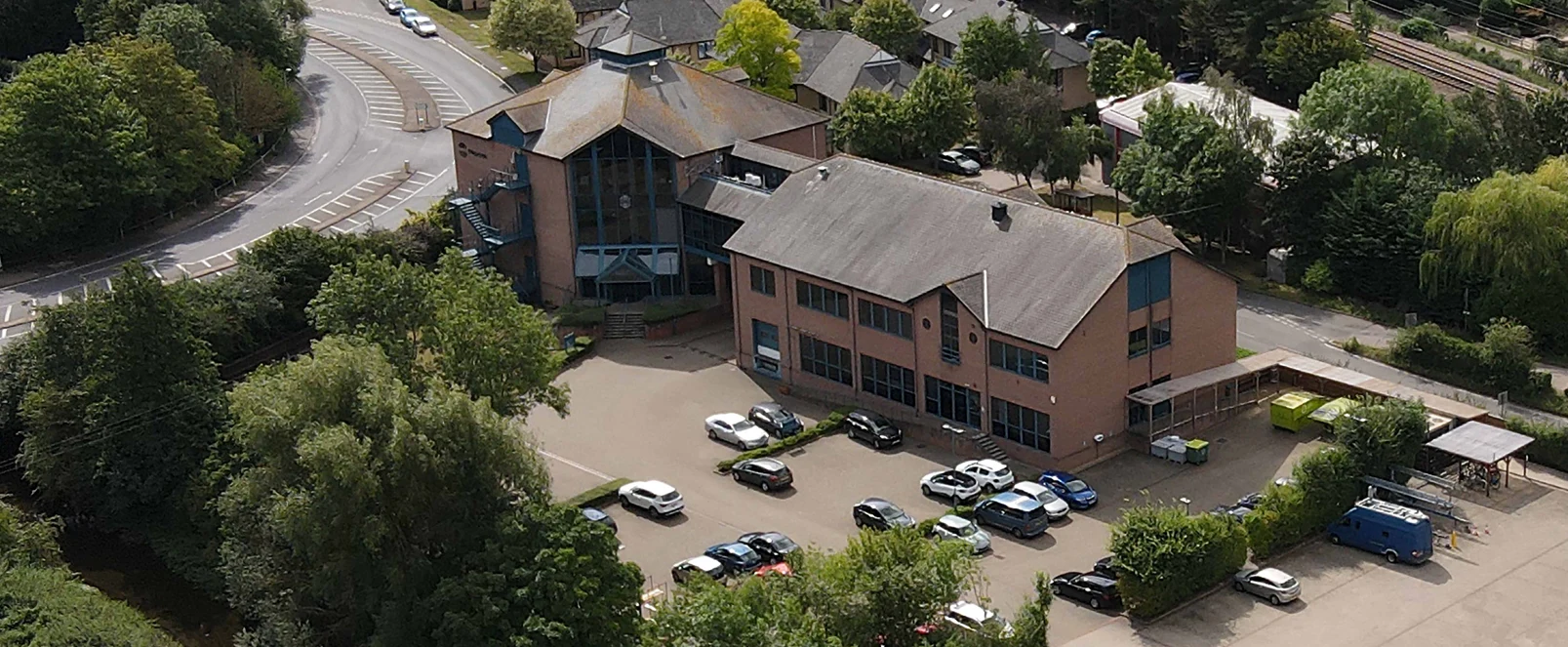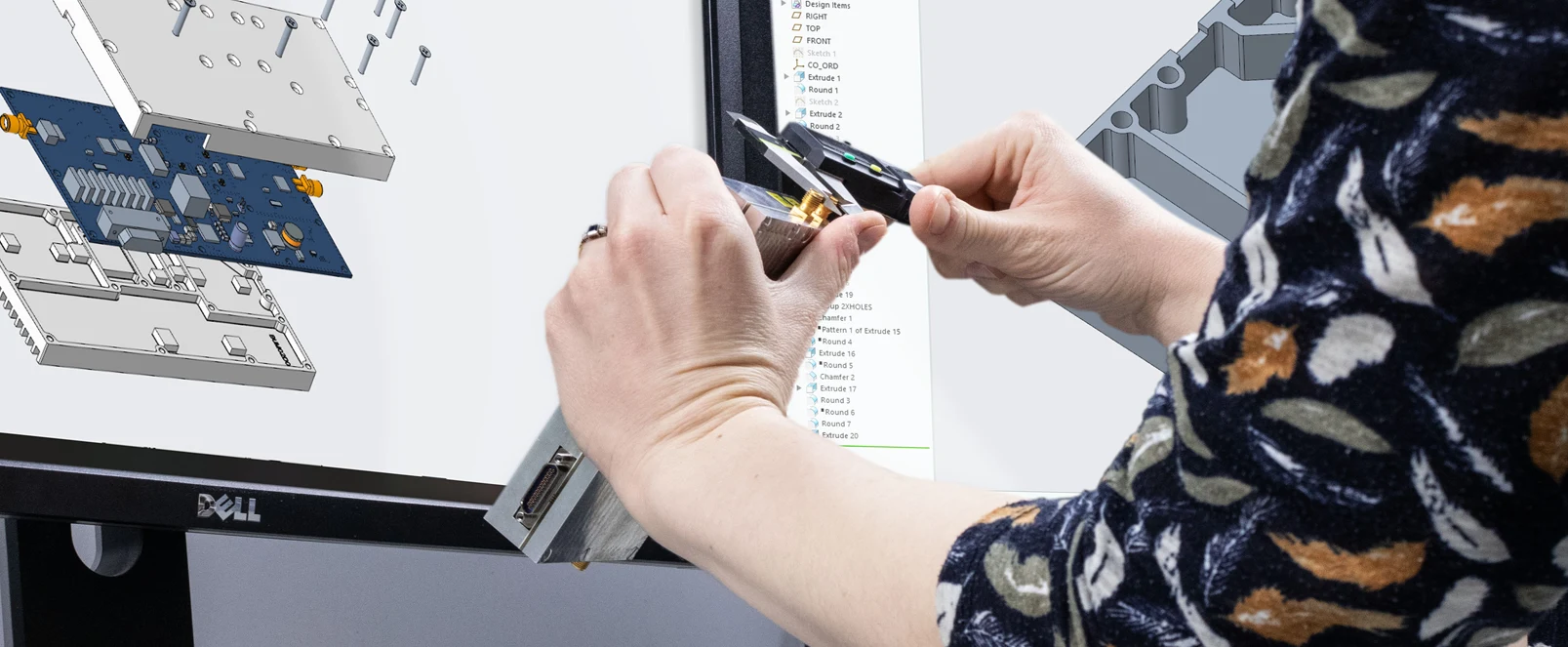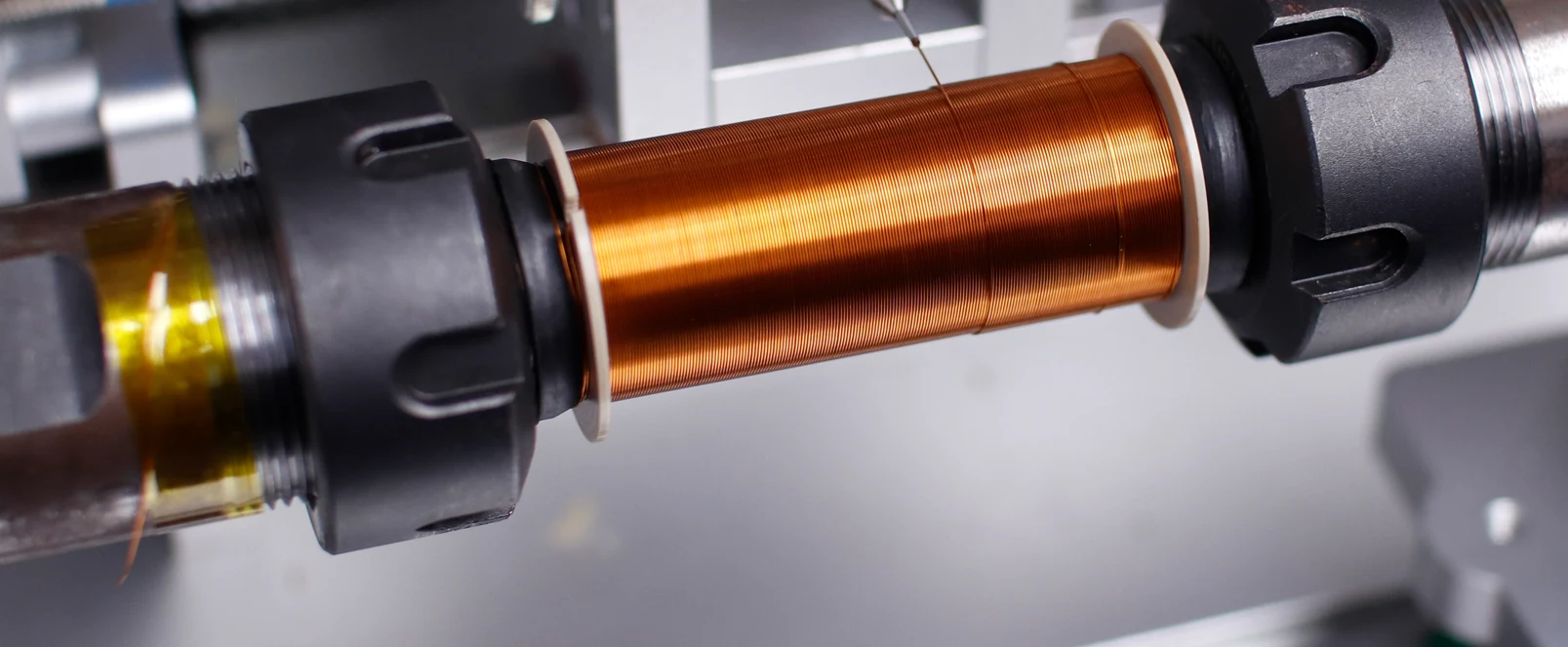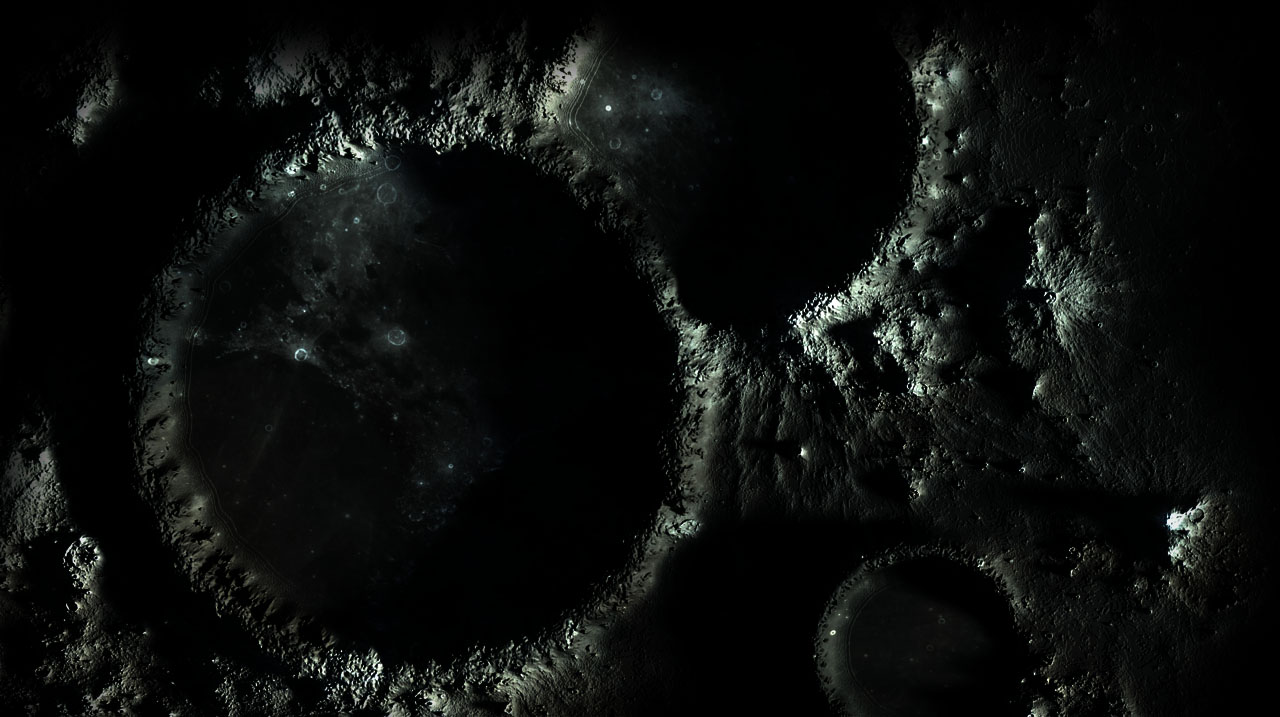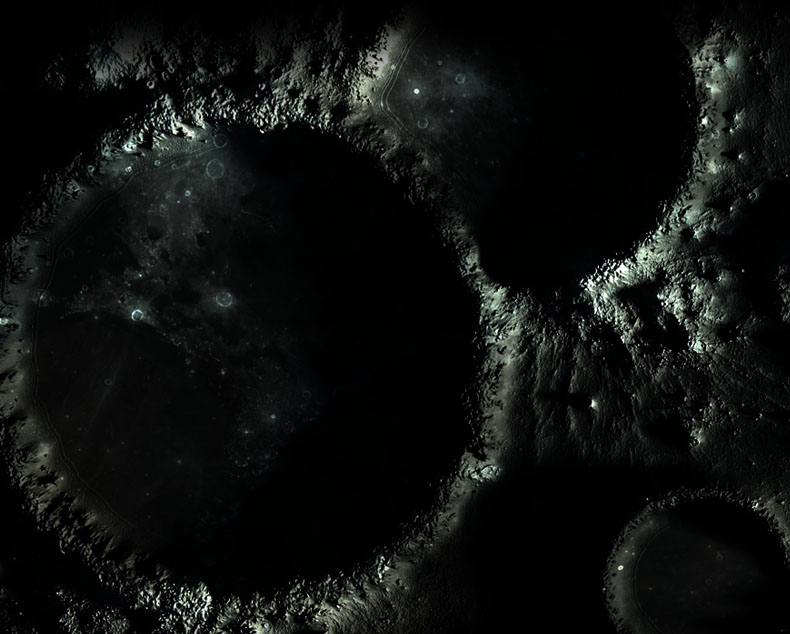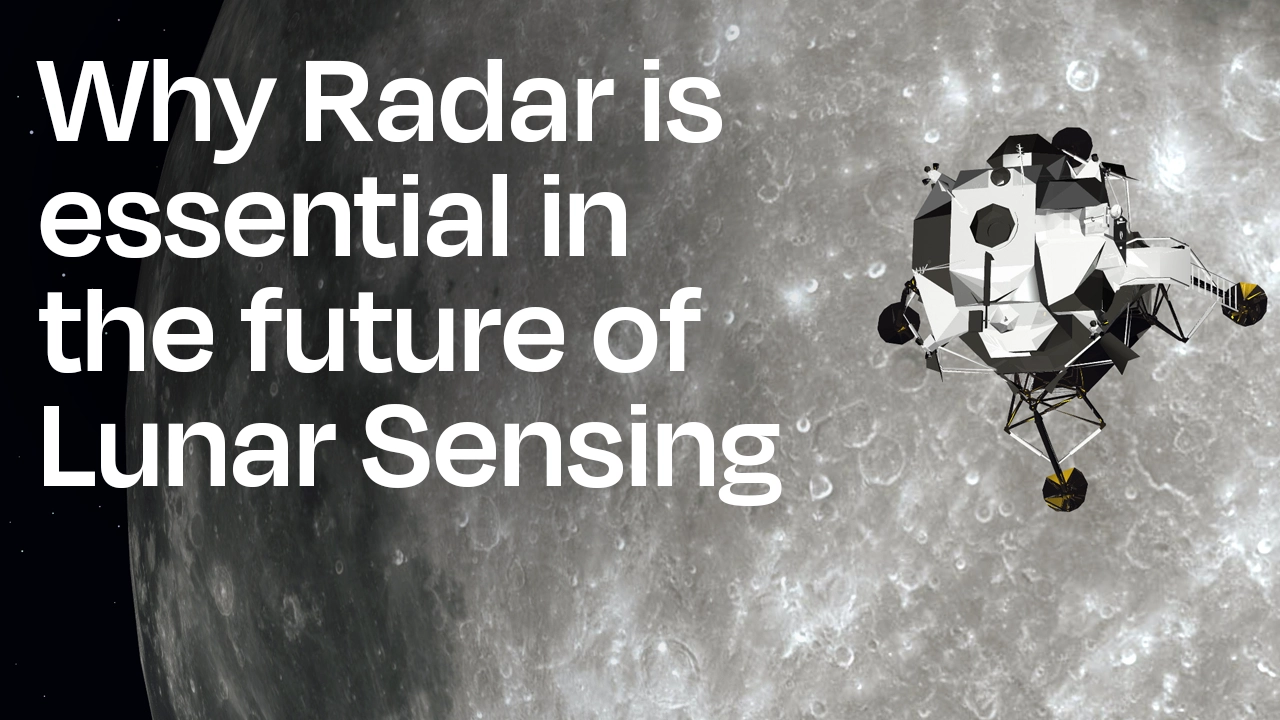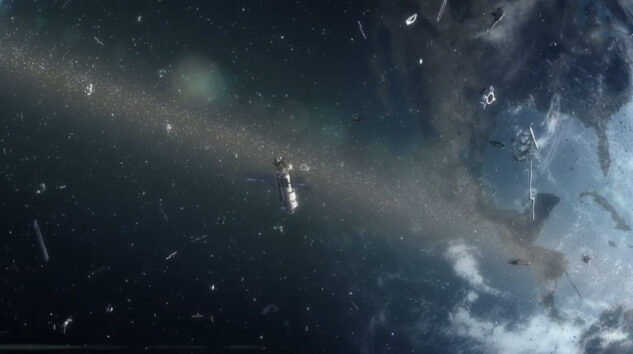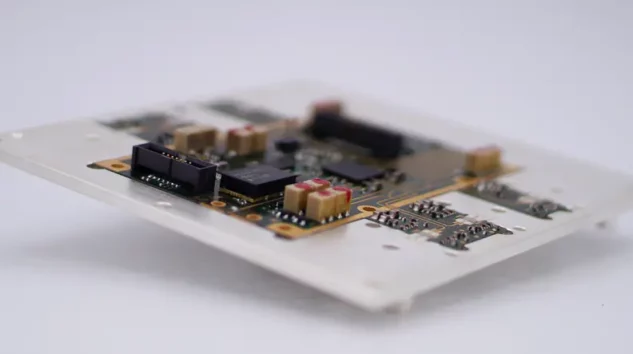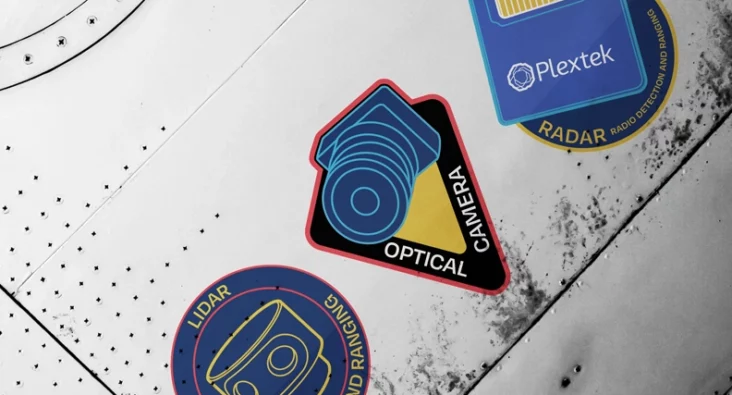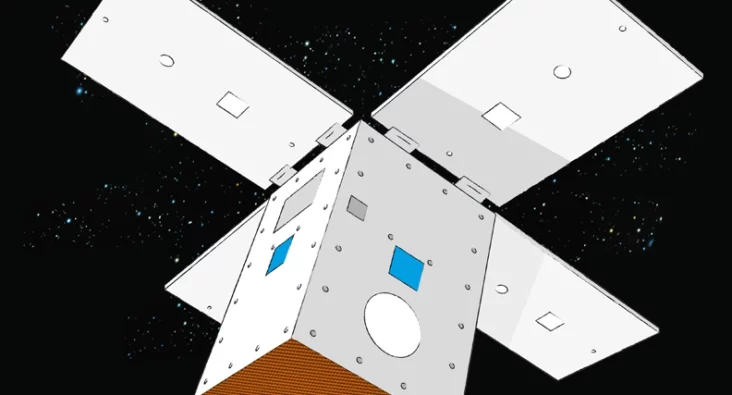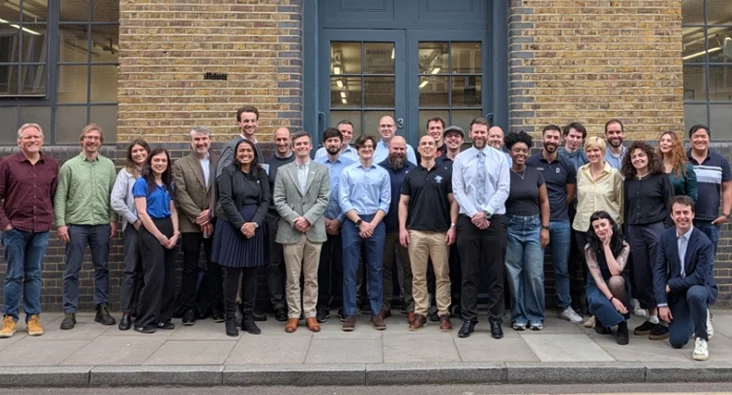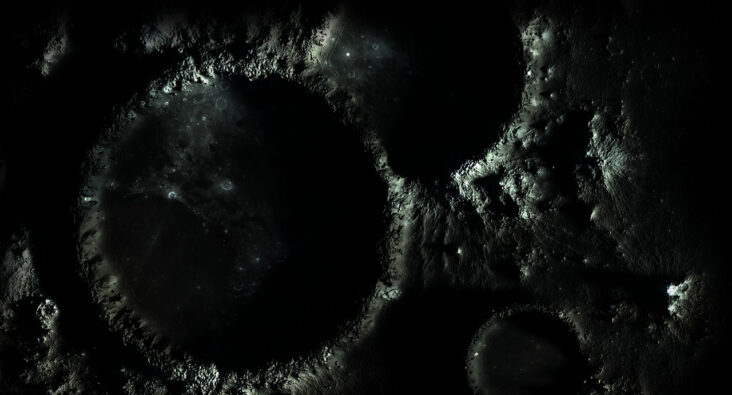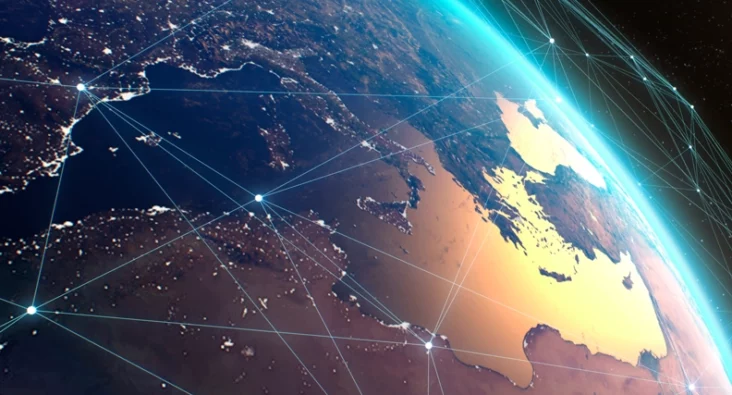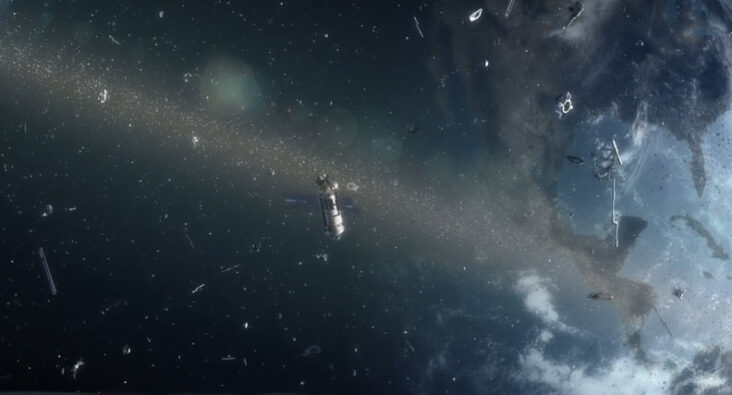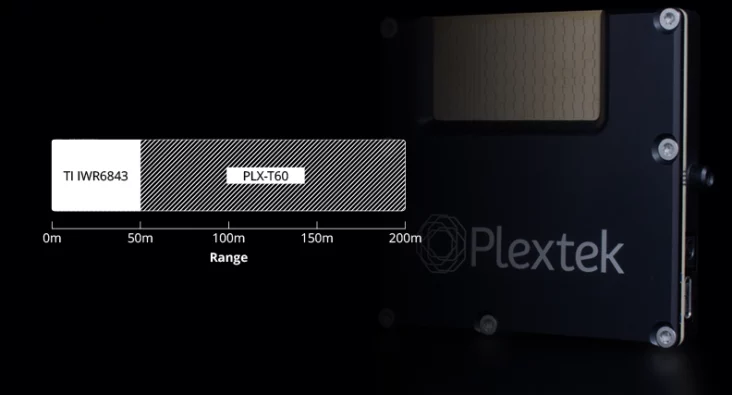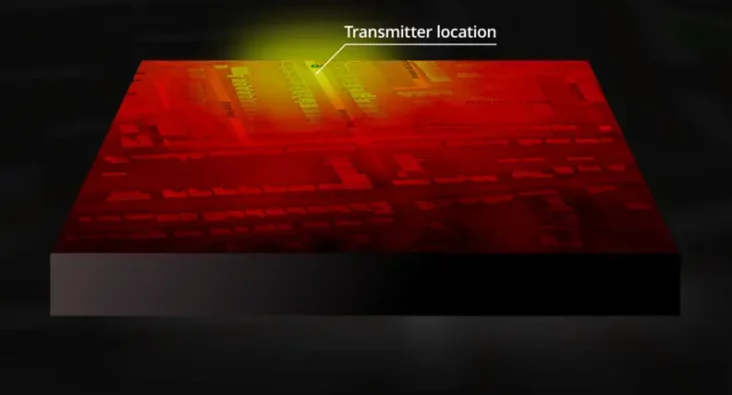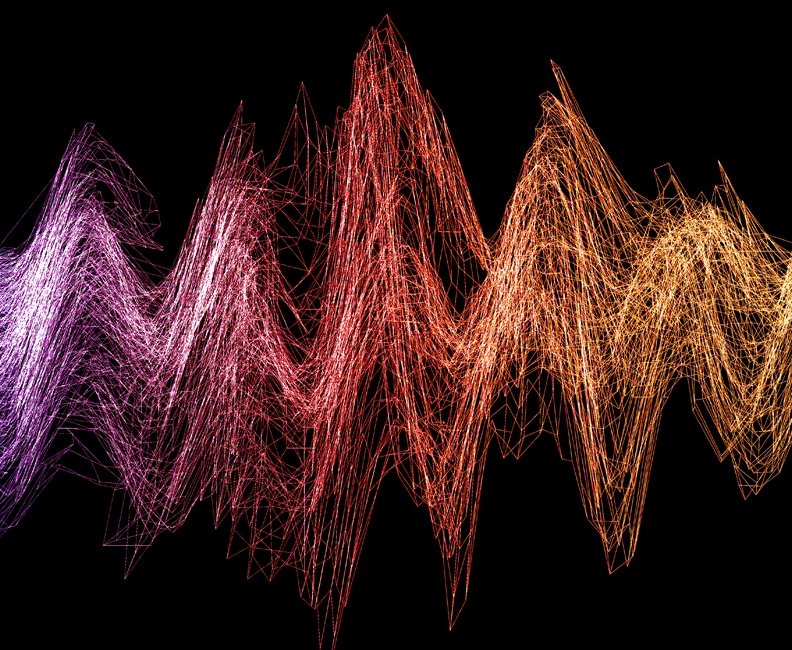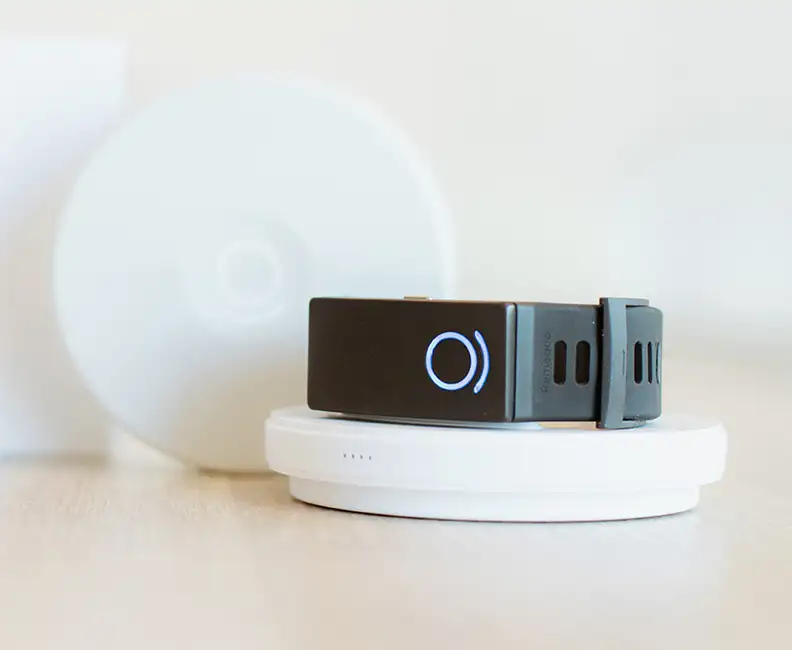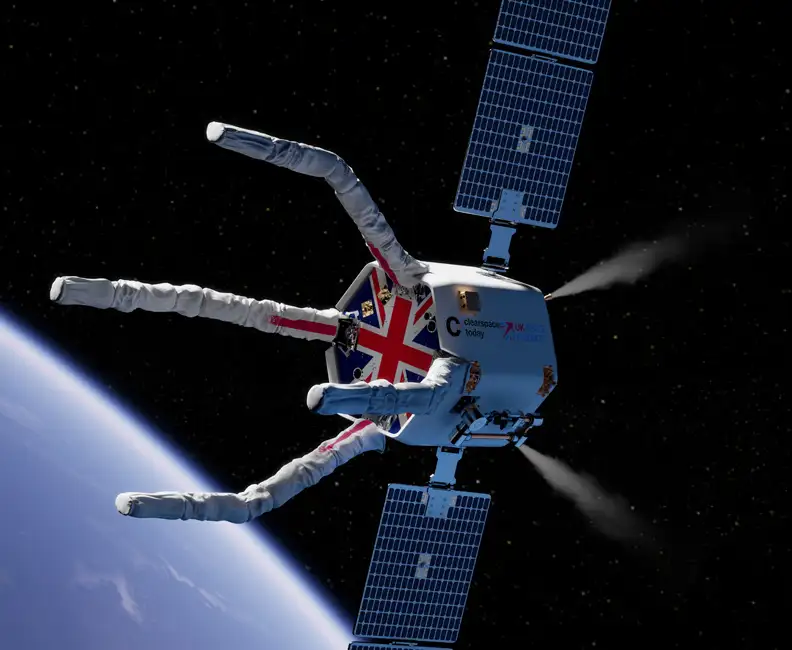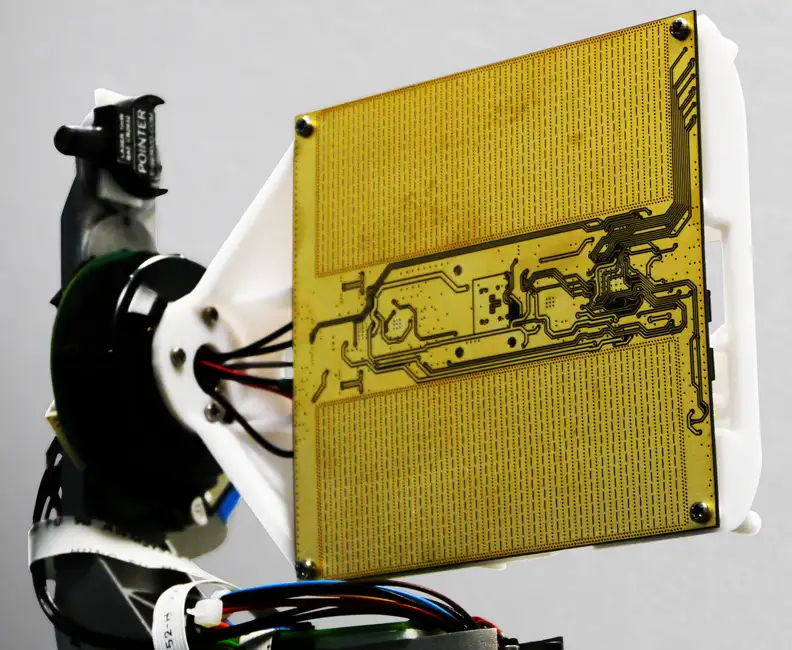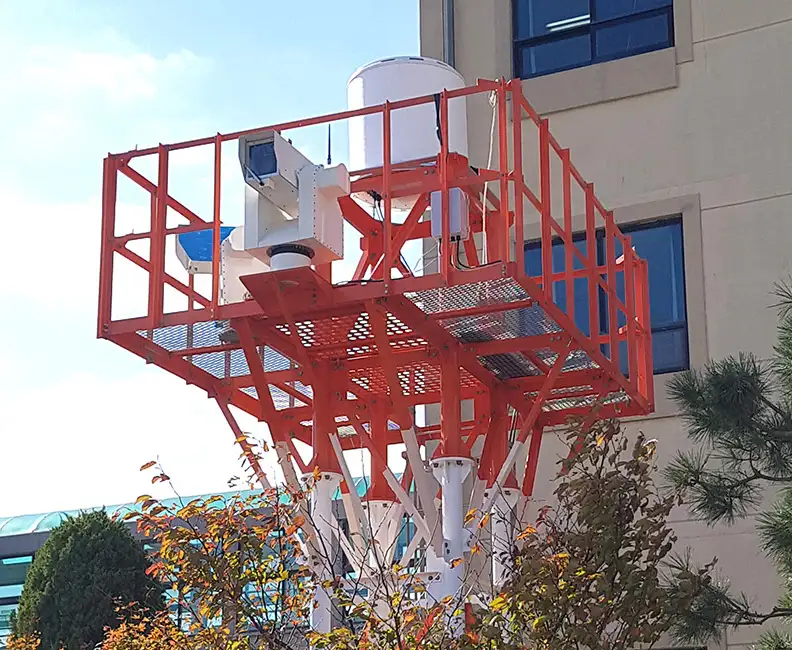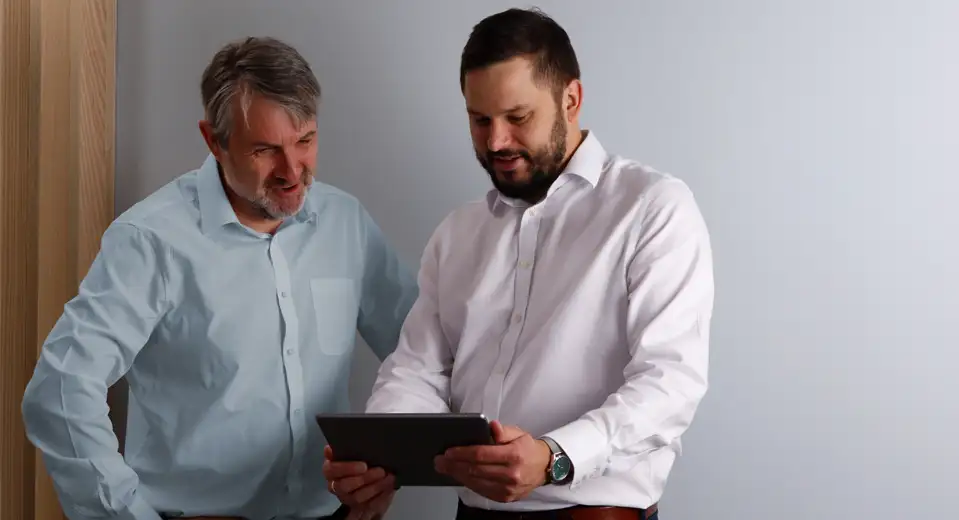
Written by Richard Jacklin
Commercial Lead – Space & Satellite
As the next era of lunar exploration begins, the tools we use to guide spacecraft and ensure safe landings are becoming just as important as the missions themselves. Recent high profile reports of lunar lander failures due to loss of altitude and doppler sensing data show the necessity for a suite of sensors, to minimise the risk of failure and crash. As well as a rover, these missions are typically carrying external payloads worth tens of millions of dollars. The technology leading the charge for safe, reliable lunar landings is Plextek’s solid-state mmWave radar system, designed to conquer the unique challenges of the lunar environment.
Plextek’s micro-debris radar was originally developed to detect millimetre-sized space debris, operating effectively in the Mie scattering region suited to those particle sizes. But the versatility of the radar platform opens the door to more ambitious applications, particularly in the area of space exploration and planetary landing systems.
With a proven track record in space environments, Plextek is now developing this radar into a high-precision landing sensor, specifically tailored to meet the requirements of primes who are developing a new generation of lunar landers. Only minor adjustments to the core design are necessary to unlock new capabilities and optimise the sensor for safer, accurate landings.
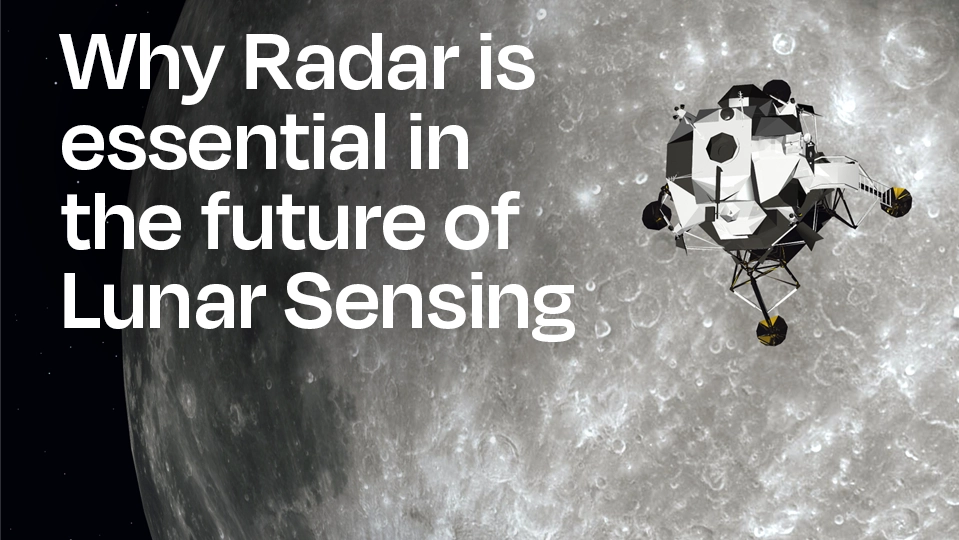
VIDEO: Comparing a Radar, a LiDAR and a Camera using a drone
The Benefits of Radar in Lunar Conditions
Lunar landings come with an array of environmental challenges. Perhaps the most notorious is lunar dust, known as regolith; ultrafine, abrasive, and easily disturbed by thruster plumes during descent. Optical and laser-based sensors, while highly accurate in ideal conditions, often struggle when faced with dust clouds or low-visibility situations particularly at altitudes less than 20 meters above the surface.
Plextek’s radar system offers key advantages that directly address these issues:
- Improved Dust Penetration: Unlike optical systems, mm-wave radar performs better in conditions where visibility is impaired due to the wavelengths used. Its ability to penetrate dust clouds gives the lander reliable altitude and doppler data, even during high-dust activity caused by thruster plumes.
- Operational Flexibility: The radar system maintains performance whether the sun is directly in the boresight or during total eclipse. This flexibility adds to the overall mission assurance.
- Robust Design: Plextek’s radar is a fully solid-state device, meaning it’s less susceptible to mechanical stresses, making it ideal for the harsh vibration and shock environments of launch and landing.
The Science Behind the System
The performance of radar in dusty lunar environments can be explained by electromagnetic scattering theory. Lunar regolith samples returned from Apollo missions and simulants like JSC-1A show that most dust particles range from 100 nm to 5 µm in diameter. These sizes are crucial when designing a sensor based on electromagnetic (EM) wave interactions.
In simple terms, if the particle is similar or larger than the wavelength, then the signal tends to reflect strongly. As optical sensors use wavelengths close to the regolith particle size, this makes a strong reflection and hence attenuates and disrupts the light energy.
A mmWave radar uses a wavelength considerably longer, in the 1 – 10 mm range, allowing the radio signal to pass through the regolith dust with little backscatter and attenuation.
This ensures meaningful interaction between the radar signal and the environment, enabling consistent, accurate data even in dusty conditions.
A Smarter Approach to Lunar Sensing
Plextek’s mmWave radar expertise doesn’t just offer an essential addition to optical sensors, it offers a smarter, more resilient solution tailored to the realities of lunar exploration. With its ability to maintain performance in dust, darkness, and dynamic conditions, it’s a key enabler for future missions aiming to land with precision and confidence.
As lunar missions move from prototype to routine operations, the need for robust, reliable sensor technology will only grow. Radar is well-positioned to meet that need, and Plextek are leading the way.
Want to find out more about how our technology can enable safe and reliable lunar landings? Get in touch today, to discuss our sensor solutions for mission assurance.
Technical Paper – Sensing in Space
Explore the cutting-edge technology of mmWave radar and its impact on space missions in our technical paper “Sensing in Space”. Gain insights into safety and efficiency improvements, customization options, and performance optimization. Stay informed about the latest advancements in space technology.
